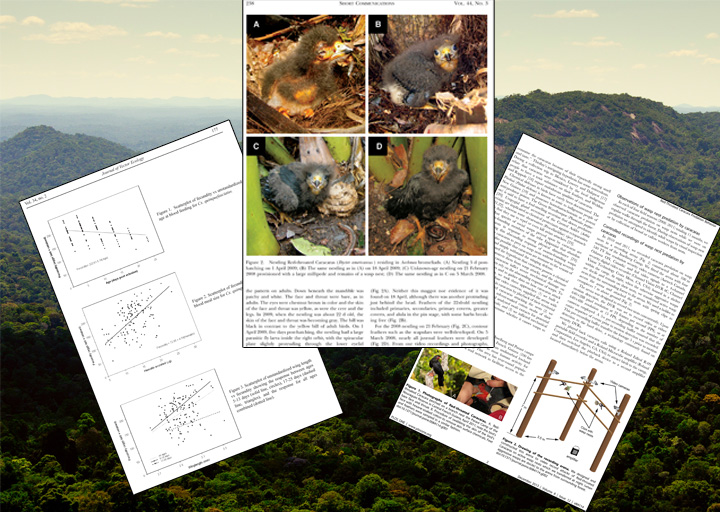an asterisk (*) indicates full text is available free of charge on this or another site. For those not available, email me!
*McCann, S., Moeri, O., Ibarra Jimenez, S., Scott, C., & Gries, G. (2015). Developing a paired-target apparatus for quantitative testing of nest defense behavior by vespine wasps in response to con- or heterospecific nest defense pheromones, Journal of Hymenoptera Research 46: 151-163
*McCann, S., Moeri, O., Jones, T., & Gries, G. G. (2014). Black-throated Antshrike preys on nests of social paper wasps in central French Guiana.Revista Brasileira de Ornitologia-Brazilian Journal of Ornithology, 22(3), 300-302. {supplemental video}
*McCann, S.., Moeri, O., Jones, T., Scott, C., Khaskin, G., Gries, R., O’Donnell, S., and Gries, G. (2013). Strike Fast, Strike Hard: The Red-Throated Caracara Exploits Absconding Behavior of Social Wasps during Nest Predation. PLOS-ONE 8:e84114.
Leave a comment